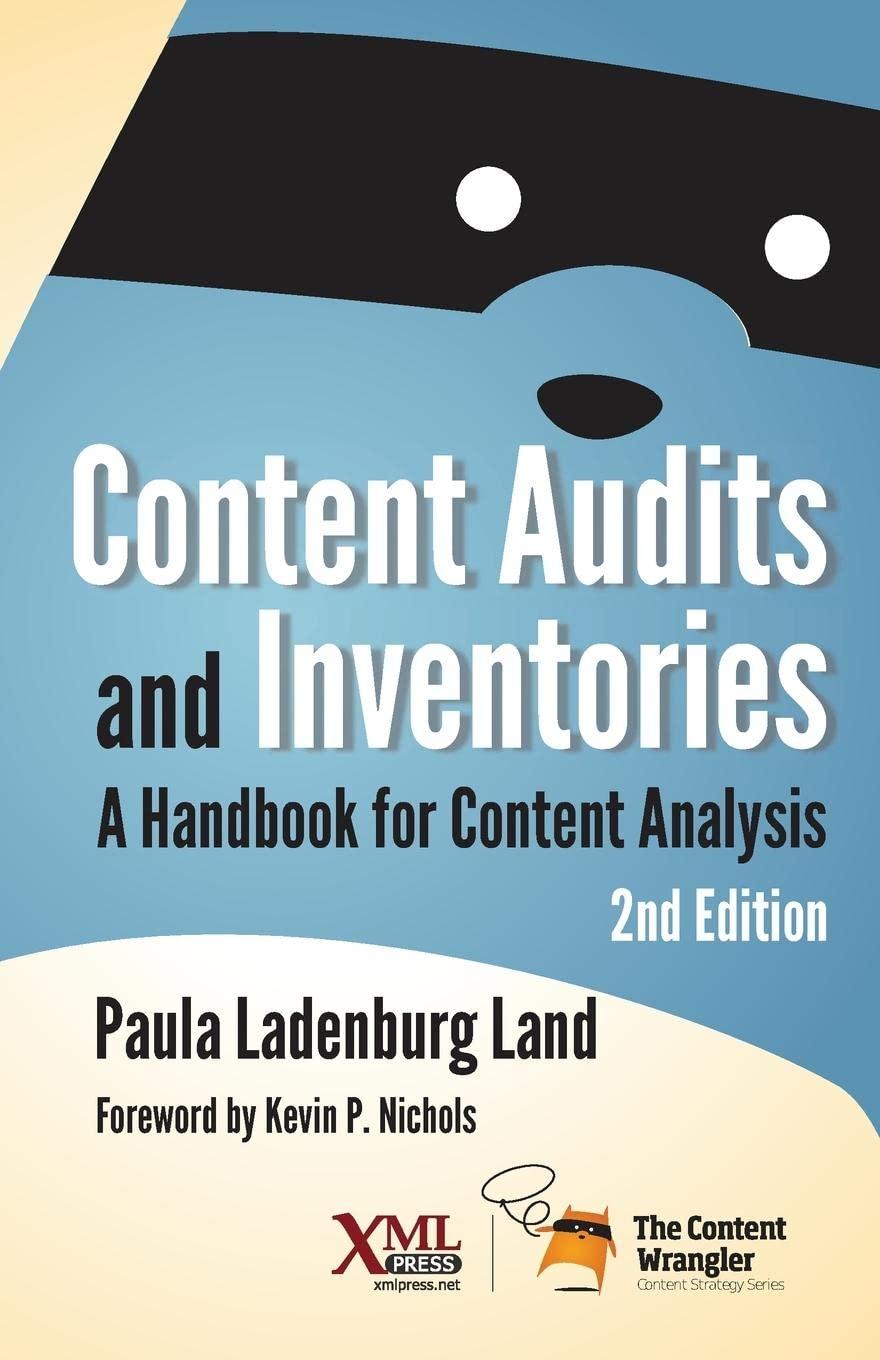Name L. Merchandise invensory includes A) All goods owned by a company and held for sale. B) All goods in transit Q) All goods on consignment at a company's store Only damaged goods E) All of the above Leaming Objective: Chs-C 2. Goods in transit are included in a purchaser's inventory A) Ai say tine during transiL B) When the purchaser is responsible for paying beight charges C) When the supplier is responsible for freight charges. If the goods are shipped FOB destination After the half-way point between t D) E) the buyer and seller. Leaming Objective: Ch5-C2 3. Costs included in the Merchandise Inventory account can include A) Invoice price minus any discount B) Freight-in C) Storage D) Insurance while in transit. E) All of the above. Ch5-P2 A company normally sells its product for $20 per unit. However, the selling price has fallen to $15 per unit. This company's 4, imventory consists of 200 units purchased at $16 per unit. Replacement cost has now fallen to $13 per unit. Calculate the value of this company's inventory at the lower of cost or market A) $2,550. B) $2,600. C) $2,700. D) $3,000. E) $3,200 Lcaming Obiective: Ch5-P 5. A company has inventory of 15 units at a cost of S12 each on August I. On August 5, they purchased 10 units at $13 per unit On August 12 they purchased 20 units at $14 per unit. On August 15, they sold 30 units. Using the FIFO inventory method what is the value of the inventory at August 15 after the sale? A) $140. B) $160. C) $210. D) $380 E) $590. 6. The consistency principle: a company to consistenty apply the same accounting method of inventory valuation unless another method becomes more appropriate. B) Requires a company to use one method of inventory valuation exclusively. C) Requires that all companies in the same industry D) Is also called the full disclosure principle. E) Is also called the matching principle 7. The full disclosure principle notes to the statements report the type of change, its Requires that when a change in inventory valuation method is made, the justification and its effect on net income. A) ires that companies use the same accounting method for inventory valuation period after period. C) Is not subject to the materiality principle. D) Is only applied to retailers E) Is also called the consistency principle







